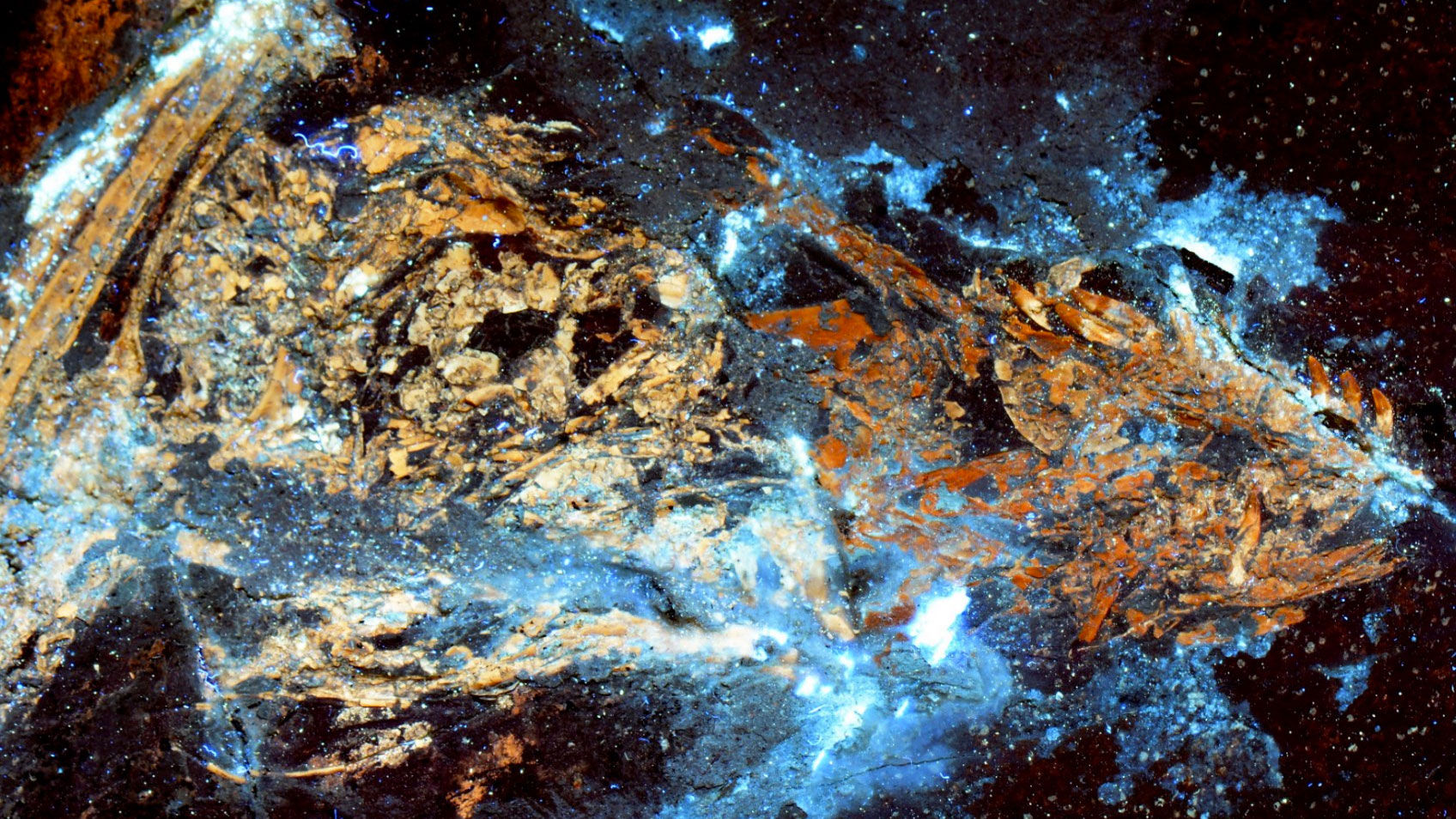Thanks to lasers, we're learning more about dinosaurs

Palaeontologists hunting for new information about dinosaurs have a powerful new tool to add to their arsenal: lasers.
A team at the University of Kansas has used commercial-grade lasers to scan fossil samples. The resulting scans reveal complex details that can't be seen with traditional visual enhancers like ultraviolet light.
The price of laser technology has dropped significantly over the past decade, allowing researchers to more easily access the kind of medium-power short wavelength lasers used in this experiment. Combined with filters and digital photographic equipment, you can tell a lot more about the lives of dinosaurs.
"Nobody else is doing this, as far as I know," said David Burnham, a co-author on the paper describing the technique. "Basically you want to excite electrons in the object so it emits photons you can see. This requires a camera filter of some kind, and that's where an orange or yellow long-pass filter is used — it takes away everything else so we can see the photons."
For example, carbon fibres can be picked out - showing the feathers of a primitive bird. Or microfossils can be picked out that were previously hidden by rocks and dirt. It's also been used in human fossils - revealing that an arm bracelet worn by a small girl was made out of a hippopotamus tooth.
You can find the full details of how they did it in PLOS One.
Sign up for breaking news, reviews, opinion, top tech deals, and more.
